Modern telecommunications in Thailand began in 1875 with the deployment of the first telegraph service. Historically, the development of telecommunication networks in Thailand were in the hands of the public sector. Government organisations were established to provide telegraph, telephone, radio, and television services, and other government agencies, especially the military, still control a large estate of radio and television spectra. Private telecommunication operators initially acquired concession agreements with state enterprises. For mobile phone services, all the concessions have been amended by successive government to last 25 years have gradually ended in 2015. For other services, the concession terms and conditions vary, ranging from one to fifteen years. Nearly all of the concessions are build-operate-transfer (BTO) contracts. The private investor has to build all the required facilities and transfer them to the state before they can operate or offer services to public.

The North American Numbering Plan (NANP) is a telephone numbering plan for twenty-five regions in twenty countries, primarily in North America and the Caribbean. This group is historically known as World Zone 1 and has the international calling code 1. Some North American countries, most notably Mexico, do not participate in the NANP.
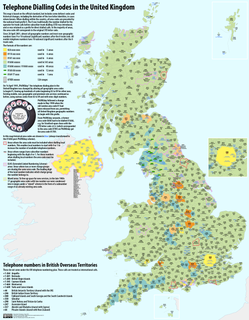
Telephone numbers in the United Kingdom are administered by the Office of Communications (Ofcom). For this purpose, Ofcom established a telephone numbering plan, known as the National Telephone Numbering Plan, which is the system for assigning telephone numbers to subscriber stations.
Telephone numbers in Japan consist of an area code, an exchange number, and a subscriber number.
In Argentina, area codes are two, three, or four digits long. Local customer numbers are six to eight figures long. The total number of digits is ten, for example, phone number (11) 1234-5678 for Buenos Aires is made up of a 2-digit area code number and an 8-digit subscriber's number, while (383) 123-4567 would be an example of a Catamarca number.

Numbers on the Irish telephone numbering plan are regulated and assigned to operators by ComReg.
Area code 246 is the telephone area code in the North American Numbering Plan (NANP) for Barbados. Telecommunication services in Barbados are regulated by the Government of Barbados's telecommunications unit. The number 246 spells BIM on an alpha-numeric telephone keypad, a nickname for the island.
Telephone numbers in South Korea are organized and assigned using the following scheme
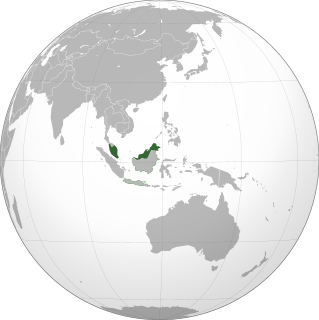
Telephone numbers in Malaysia are regulated by the Malaysian Communications and Multimedia Commission (MCMC).
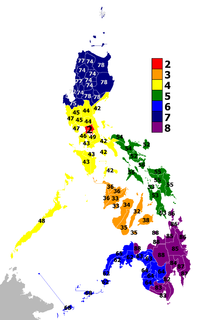
Telephone numbers in the Philippines follow an open telephone numbering plan and an open dial plan. Both plans are regulated by the National Telecommunications Commission, an attached agency under the Department of Information and Communications Technology (DICT).
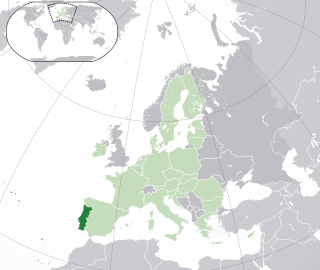
Portugal changed to a closed telephone numbering plan on 31 October 1999; previously, the trunk prefix was '0', but this was dropped.

Telephone numbers in India are administered under the National Numbering Plan of 2003 by the Department of Telecommunications of the Government of India. The numbering plan was last updated in 2015. The country code "91" was assigned to India by the International Telecommunication Union in the 1960s.
The following telephone numbers in Kenya are destination codes for international calls terminating in Kenya as well as the procedures for dialling internationally from within Kenya. Until 1999, Kenya shared its telephone numbering plan with Tanzania and Uganda, meaning that to make calls between the three countries, subscribers needed only dial the area code and number, a legacy of the East African Post and Telecommunications Corporation (EAPTC) which was dissolved in 1977. As a result of the reorganisation of Tanzania's numbering plan in that year, direct dialling was discontinued, although calls between the three countries do not require international dialling, only a special three-digit code.

A telephone number in Belgium is a sequence of nine or ten digits dialed on a telephone to make a call on the Belgian telephone network. Belgium is under a full number dialing plan, meaning that the full national number must be dialed for all calls, while it retains the trunk code, '0', for all national dialling.
There is no area code in Kuwait. As of 17 October 2008, telephone numbers in Kuwait consist of eight digits. From 17 October 2008 a single digit prefix was added to all fixed and mobile numbers as per the Ministry of Communication's new numbering plan:
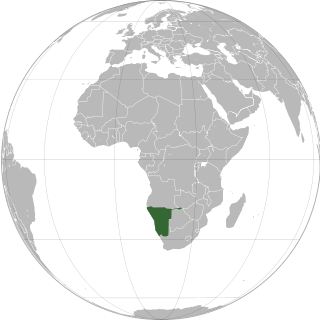
Namibia's telephone numbering plan was originally devised when the country, then known as South West Africa, was under South African administration, and integrated into the South African telephone numbering plan.









